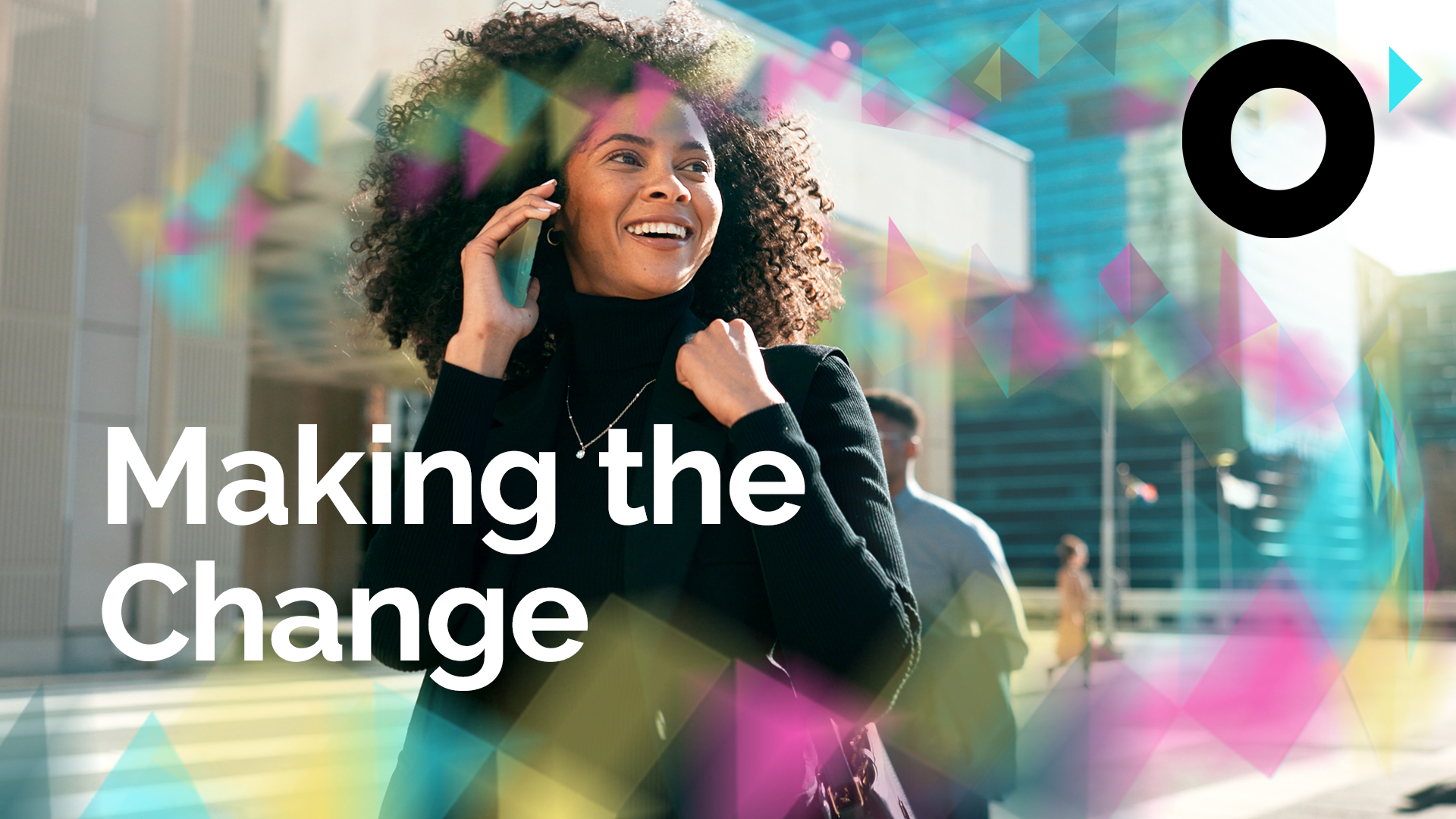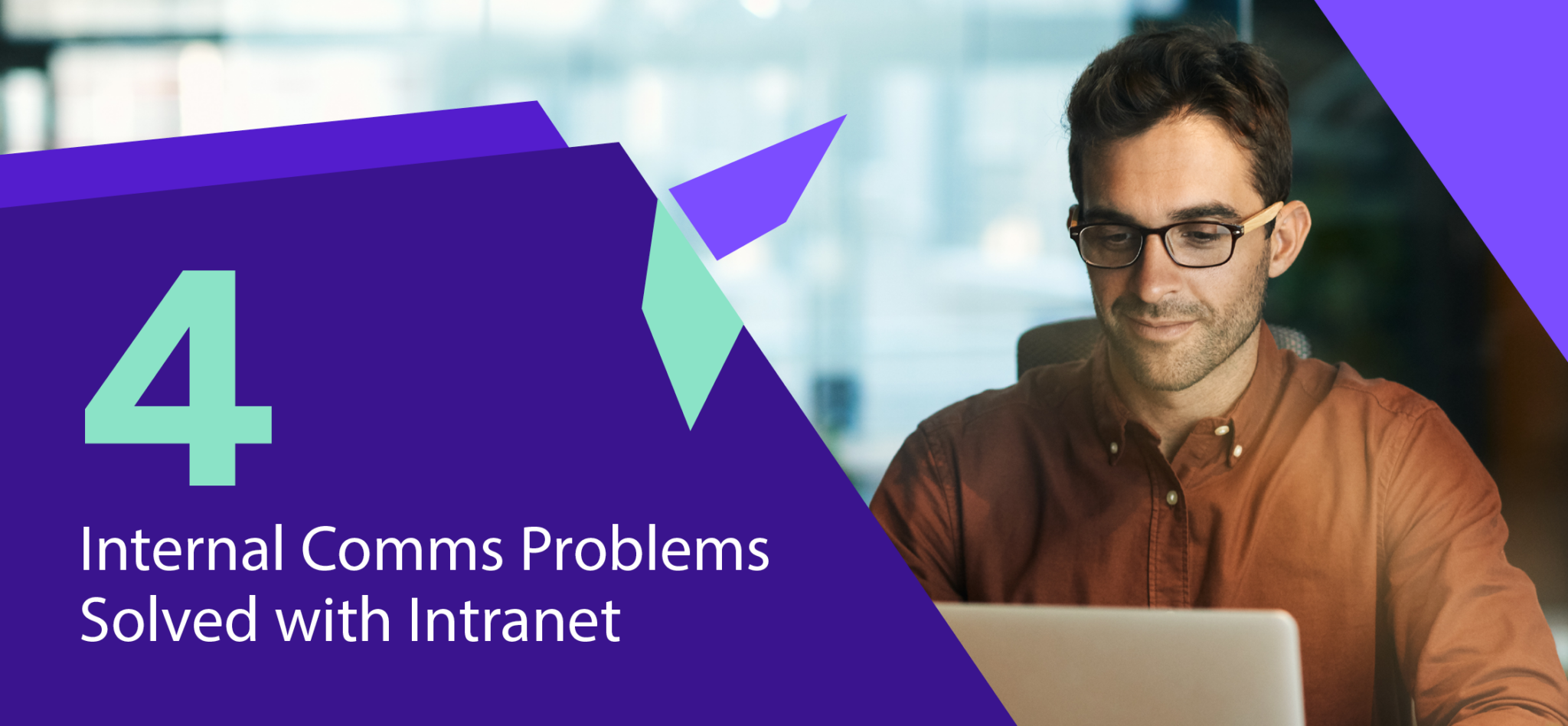The concept of a digital workplace has gone mainstream over the last few years. Organizations now realize the benefits of a strategic approach to delivering a mobile-first digital workplace.
Providing a good digital workplace experience has lots of benefits. It drives efficiency, reduces employee frustration, supports better communication, stimulates collaboration, and more.
Typically, an element of the mobile-first digital workplace that organizations focus on is providing a single environment and front door to the wider digital workplace. This reduces the need to visit multiple applications, saving time and effort.
Sometimes the intranet fulfils this role, but in organizations with many remote workers and frontline staff, an employee app can work in a similar way.
Over a series of six articles, we’re exploring how a great employee app can have a positive impact on your business. This fourth looks at how an app can drive value by delivering a mobile-first digital workplace.

1. Mobile-first digital workplace access for all
In 2021, everybody across your organization needs access to the digital workplace. This includes frontline staff, contractors, and outsourced staff. But IT teams have the logistical problem of providing access for a workforce with no corporate digital identities and potentially high turnover, while also keeping licensing costs down.
An employee app is the easiest and most cost-effective way to provide a digital workplace experience to all staff. An employee app delivers digital communications, operational content, real-time collaboration, and employee self-service through integrations.
No corporate digital IDs are required, personal devices are used, and employees love it. Pursuing a mobile-first digital workplace strategy can be the best route for universal access.
2. Faster time to value
A big advantage of a well-designed employee app is that it’s easy to onboard new employees. They can use it with no training and get the benefits straight away. Download, authenticate, go. It’s as simple as that. Many companies now prefer to give new staff set up access to start onboarding staff before their official start date.
This means that for every individual employee, the time to value (TTV) experienced can be very quick. Our customers typically achieve TTV in hours, not days, even for large organizations. This supports ongoing high adoption.
The combination of rapid roll-out, quick adoption, low cost and scaled access also means that it’s quick to achieve ROI. In a tough economic climate where stakeholders want everything to be “low-cost, high value”, the quick ROI of an employee app makes it very attractive.
3. Scalability and flexibility
Modern, global workforces are in a permanent state of flux. Changes can be unpredictable and significant due to restructuring, M&A activity, outsourcing, and seasonal work.
The increasing prevalence of the gig economy and use of freelancers will be another factor into the future.
Surveys like Mercer’s 2021 Global Talent Trends Study say 77% of executives believe freelance and gig workers will substantially replace full-time employees within the next four years.
A good employee app is highly scalable and flexible. Because of the relatively low overhead, easy change management effort and absence of technical and infrastructure-related constraints, an app can meet the challenges of an ever-changing workforce.
For example, it’s fast to onboard new parts of your business. Organizations that often acquire new companies will find a mobile app can accelerate the onboarding process and help new employees feel welcome on day one, with the more complex integrations required for the desktop experience being worked on in the background.
4. Establishing business continuity
An employee app with access for everybody is an essential part of business continuity, providing access to updates and operational information. Remember when a crisis meant calling staff at home to cascade a message? Not anymore.
An employee app is critical for business continuity during extreme circumstances like the COVID-19 pandemic, it’s also essential for more routine issues such as announcing IT outages or closing a local office at short notice. It can also ensure there is real-time team communication and collaboration to minimize disruption to operations.
5. Optimising your application landscape
An employee app provides frontline staff with an entry point to the wider digital workplace. It becomes a ‘one-stop-shop’ for information, engagement, and productivity, with integrations providing further value.
Establishing this provides a real opportunity to improve your overall digital employee experience by rationalizing and simplifying the portfolio of applications you have in use. In any organization, there will be lots of different tools and apps with overlapping functionality. This can lead to employee confusion, unnecessary costs, siloed knowledge, and broken processes.
Knowing that everybody has access to the same capabilities via one app is incredibly powerful. It means you can start to reduce licensing costs and retire those legacy systems. It’s also an opportunity to shut down risky shadow IT and consumer-grade apps that your frontline employees may have been relying on to communicate with each other.
Want to find out more?
Our employee communications app LiveTiles Reach is giving our clients a great mobile-first digital workplace. Get in touch to arrange a demo.







